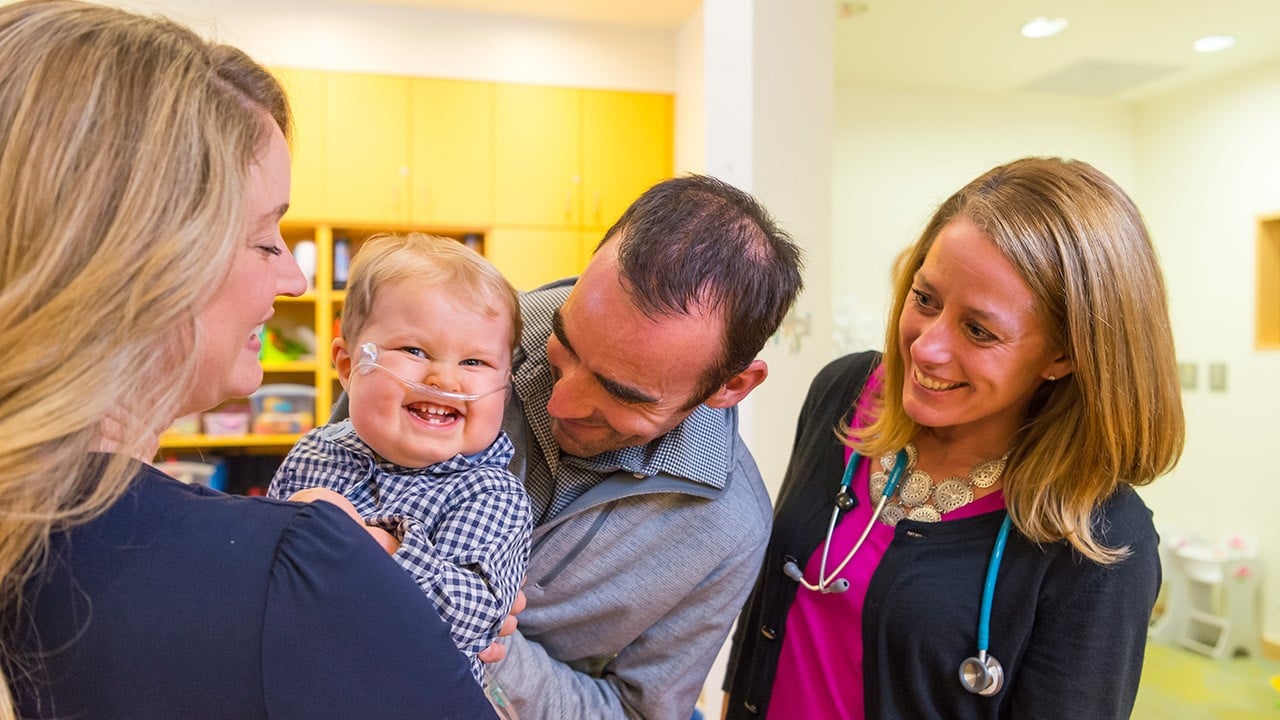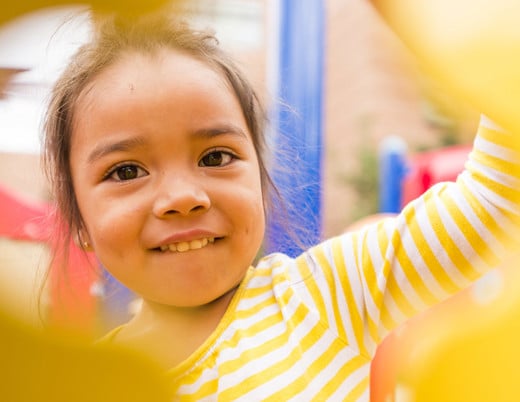Born in early 2016 with congenital diaphragmatic hernia (CDH), Noah Lindsay had a 20% chance of survival, due to the severity of the defect.
Following his delivery at the Colorado Fetal Care Center at Children's Hospital Colorado, he showed few signs of overcoming his grim prognosis, and went on extracorporeal membrane oxygenation (ECMO) five hours after birth.
He stayed on heart-lung bypass for 18 days; despite successfully separating from ECMO, his lungs were so fragile he required heavy sedation and prolonged medical paralysis.
Neonatologist Jason Gien, MD, and the CDH team attempted many ventilator strategies to stabilize Noah's breathing — including various types of conventional ventilation and high-frequency oscillatory ventilation. Despite the team's best efforts, Noah's overall health didn't improve.
On March 24, when Noah was less than three months old, caregivers began implying there was nothing else they could do — his oxygen saturations were dangerously low and there wasn't an apparent cause. Warren and Melissa Lindsay, Noah's parents, feared that Noah couldn't survive much longer. That day, nurse visits felt more like goodbyes, Melissa remembers.
In a last attempt to save Noah, the CDH team recommended a heart catheterization to gather more information about the low oxygen saturations and better understand his failure to improve from a clinical standpoint — a risky procedure for a patient caregivers had called, "the sickest baby in the hospital."
"If we had gone to any other hospital in the world, Noah would not have survived."
—Melissa Lindsay, Noah's mom
The catheterization results were devastating: they showed that Noah had multiple pulmonary arteriovenous malformations (AVMs) in the lungs.
Pulmonary AVMs are arteries that join with veins without passing through the capillary bed, Dr. Gien explains. This creates a shunt, where blood passes from the pulmonary arteries to the pulmonary veins and fails to get oxygenated, resulting in low oxygen levels.
This was why Noah was dying.
Treating Noah's pulmonary AVMs
Though there were records of pulmonary AVMs in the lungs of babies with CDH and other pulmonary disorders at autopsy, the occurrence of these AVMs had never been documented in a living patient. What was causing the pulmonary AVMs, the care team didn't know.
Melissa and Warren went to bed that night awaiting their son's imminent death.
Meanwhile, Dr. Gien and the CDH team spent hours researching all possible causes of the pulmonary AVMs. They shared their findings with a world-renowned team of experts in pulmonary hypertension: John Kinsella, MD, neonatologist; Steve Abman, MD, pediatric pulmonologist; and Dunbar Ivy, MD, pediatric cardiologist.
Together, they surmised that the pulmonary AVMs were occurring because Noah didn't have enough blood vessels in his lungs to handle the volume of blood passing through them. Perhaps if they closed Noah's patent ductus arteriosus (PDA) — the open connection between the aorta and the pulmonary artery — it would decrease blood flow to his lungs and prevent blood from passing through the AVMs.
This ran counterintuitive to CDH care; usually, babies with CDH need the PDA open to decrease pressure in the lungs. Closing it was incredibly risky. But Noah also had no other options for survival.
"'We need to be bold,'" Warren remembers Dr. Gien telling them in their care conference on March 25. "'My view is that as long as there is hope we need to fight for Noah's life. We want to operate.'"
The team performed a PDA ligation that night. This wasn't just a precarious surgery, given Noah's circumstances. It was unprecedented.
David Campbell, MD, pediatric cardiothoracic surgeon, operated on Noah, making an incision across Noah's chest and around his ribs to access the PDA. It was a much longer, more intense surgery than Drs. Campbell, Gien, Ivy, Kinsella or anyone else in the operating room had imagined. Noah lost a lot of blood.
Nevertheless, Dr. Campbell successfully closed the PDA. Three days later, despite multiple crises, Noah stabilized. A follow-up heart catheterization confirmed that the AVMs had resolved.
Outpatient CDH care and long-term management
Over the next six months, under the care of a dedicated primary nursing team in the NICU, Noah progressed. By October, Melissa and Warren were planning their discharge back to their home in Illinois.
The safest way to transport Noah was through an Illinois hospital. Though Melissa and Warren only expected him to stay there a few days, he ended up staying two weeks. Then, 27 days later, he spent another two months in that NICU. Throughout his stays at that hospital, Children's Colorado pediatric nurse practitioner Alicia Grenolds, CPNP, checked in with Melissa and Warren every week.
"It was a time that we felt helpless and hopeless," Melissa says. "If it weren't for Alicia, we would be lost. She goes above and beyond for our family."
About four months and two hospital stays in the Illinois hospital, the Lindsays drove back to Colorado after being discharged, eager to get back to the hospital that knew Noah best.
A week after being readmitted to Children's Colorado, under Noah's original care team, "He was noticeably happier," Warren says. "He was less tired."
Today, Noah laughs and babbles like a healthy baby. He still has a g-tube and needs oxygen. But he is no longer in the hospital.
"He's going to do great," Warren says of Noah's future.
Warren and Melissa wanted to keep Noah's outpatient care at Children's Colorado, but their home and family were in Illinois and they didn't want to relocate. They convinced Noah's large multidisciplinary team to allow them to stay in Illinois and treat him remotely from Colorado.
What that means is that pediatric nephrologist Jens Goebel, MD, emails them weekly to adjust Noah's ace inhibitor and diuretics as needed, since he has a history of acute kidney injury.
It means that Alicia works with Noah's Illinois pediatrician to monitor his pulmonary hypertension through orders, tests and labs, and coordinates care between his specialists in Colorado.
It means that a Children's Colorado hematology physician, Beth Warren, MD, contacted them before Noah had a corrective surgery on Sept. 28; they monitored labs in Illinois and discussed a pre- and post-operation plan for anticoagulants.
It's a complicated setup, but it's what the care team and the Lindsays are willing to do to ensure Noah receives the best care possible. And it won't last forever. For now, the Lindsays bring Noah back to Colorado for checkups every three months, but that will taper to six months, and then to just once a year.
"It reflects that the team created a plan for him when he left, rather than just passing him off to the Illinois docs," Melissa says.
Why the Lindsays chose the Colorado Fetal Care Center
At Melissa's 18-week ultrasound in Illinois, a maternal fetal medicine (MFM) specialist found an anomaly and diagnosed their fetus with CDH. That MFM didn't see many babies with this condition; according to Melissa, she didn't know of any CDH specialists in the state.
Their MFM connected them to a family that pointed them to one of the world's leading centers for CDH and one of the few centers in the country approved for fetoscopic endoluminal tracheal occlusion (FETO) for severe CDH: the Colorado Fetal Care Center at Children's Colorado. The team responded to their inquiries immediately.
"We knew Children's Colorado was the place we wanted to focus our attention," Warren adds. "That was a pivotal moment."
The Lindsays flew to Colorado twice during Melissa's pregnancy. For the first visit, a care coordinator scheduled all their appointments so they could move from one provider to the next — all in the same place, on the same day. The level of customer service they received felt dramatically different than any other care facility.
"It eliminated a lot of stress for us," Melissa says. "It was beautifully structured."
At the end of that first day, Melissa and Warren gathered in a conference room with the specialists who would be involved in their care: a maternal fetal medicine specialist, fetal and pediatric surgeons and neonatologists. They explained CDH in detail, what they could expect for the remainder of the pregnancy, at delivery, after delivery in the NICU, and long-term outcomes.
"All of them had a thousand times more information about CDH than what we were receiving in Illinois," Melissa says. "It was mind-blowing."
The care team projected an image of Melissa's ultrasound and walked the Lindsays through the diagnosis. It was far worse than anyone in Illinois had told them.
"It's a really horrible thing to hear, but when you have a team like that giving you every answer you could want and need, you have every tool to make the best decisions for your child's care," Melissa says.
What makes a good doctor
For the rest of Melissa's pregnancy, she and Warren emailed questions to the members of their team at the Colorado Fetal Care Center. A day later, a physician or nurse would call them and answer their questions. That attentiveness never changed.
"It has been present the entire time we've been with Children's Colorado," Melissa says. "It's cultural."
Melissa delivered Noah at the Colorado Fetal Care Center via cesarean section.
For every CDH delivery, the same team of specialists from the Colorado Fetal Care Center gathers in the delivery room and the adjacent infant stabilization room — that includes neonatologists like Drs. Gien and Kinsella; obstetrician Frank Chow, MD; maternal fetal medicine specialist Henry Galan, MD; and fetal surgeon Kenneth Liechty, MD.
Because babies with CDH require resuscitation immediately after birth, it's imperative that the teams move swiftly, and without error. Having the same people there for every delivery ensures greater consistency, it builds individual and team expertise, it makes for a calmer delivery, and it makes for a more stable transition to life outside the womb.
Seconds after Noah's birth, caregivers whisked him to the infant stabilization room where the team intubated him, placed arterial and venous catheters, and stabilized him so he could transfer to the NICU, just down the hall from the delivery room.
CDH survivor
In the NICU, "They were very, very busy," Warren remembers. "But they still made an effort to let us have a special moment with him. We really appreciated that."
A few hours later, Noah went on ECMO.
He would go on to spend the first 10 months of his life in the NICU at Children's Colorado.
One of the Lindsay's biggest reasons for returning to Colorado, which they emphasize to this day, was Alicia.
"She truly helped us feel like our son was safe again," Melissa says. "Trust plays such a huge role in having any peace of mind when you have a child as fragile as Noah. She gave that peace of mind back to us and hasn't let us feel helpless or hopeless again since then, even while on the other side of the country."
In total, more than 50 nurses and specialists kept Noah alive and growing while he was an inpatient at Children's Colorado.
"What they did came from a deeper place than being a good doctor or nurse. You cannot find many people that are geniuses and have such incredible hearts," Melissa says. "At the end of the day, they loved our son."
Featured Researchers

Jason Gien, MD
Neonatologist
Neonatal Intensive Care Unit
Children's Hospital Colorado
Professor
Pediatrics-Neonatology
University of Colorado School of Medicine
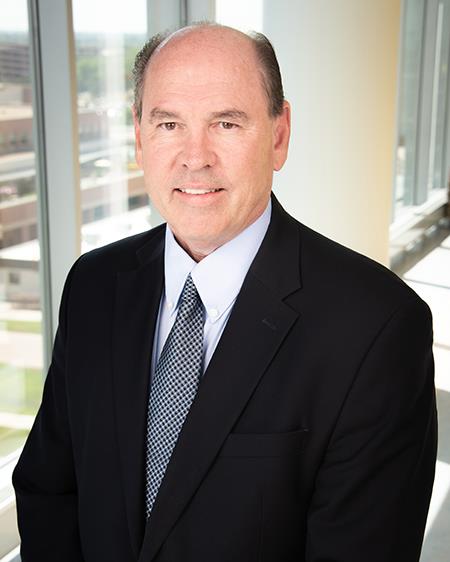
John Kinsella, MD
Neonatologist
Neonatal Intensive Care Unit
Children's Hospital Colorado
Professor
Pediatrics-Neonatology
University of Colorado School of Medicine
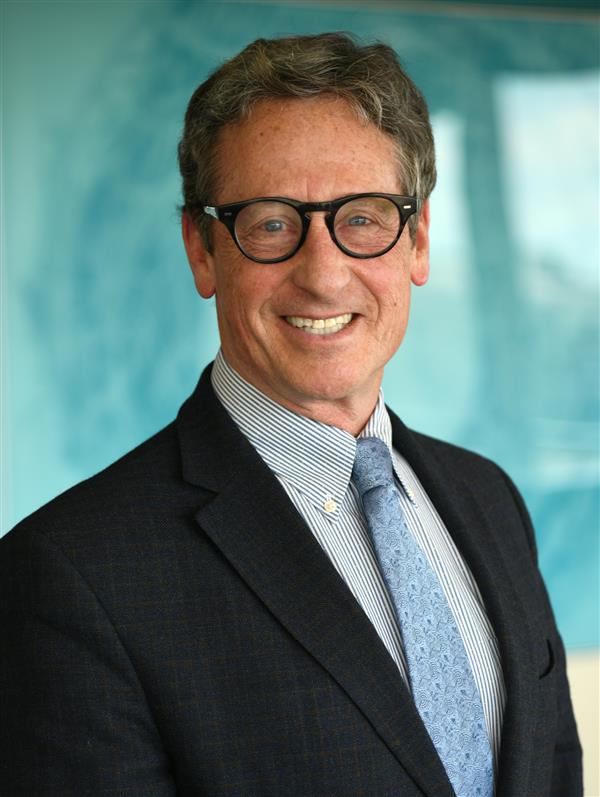
Steve Abman, MD
Director, Pediatric Heart Lung Center
The Breathing Institute
Children's Hospital Colorado
Professor
Pediatrics-Pulmonary Medicine
University of Colorado School of Medicine

David Campbell, MD
Director, Pediatric Heart Transplant Program
The Heart Institute
Children's Hospital Colorado
Professor
Surgery-Cardiothoracic
University of Colorado School of Medicine
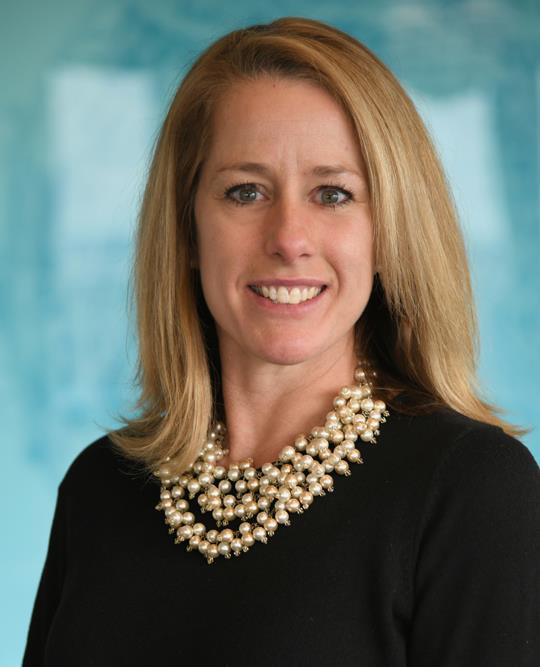
Alicia Grenolds, CPNP
Certified pediatric nurse practitioner
The Breathing Institute
Children's Hospital Colorado
Senior instructor
Pediatrics-Pulmonary Medicine
University of Colorado School of Medicine
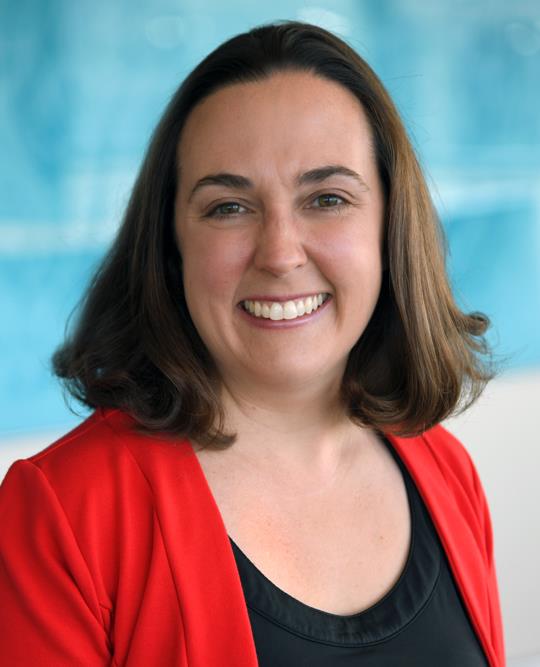
Beth Warren, MD
Pediatric oncologist and hematologist
Center for Cancer and Blood Disorders
Children's Hospital Colorado
Assistant professor
Pediatrics-Hematology/Oncology and Bone Marrow Transplantation
University of Colorado School of Medicine
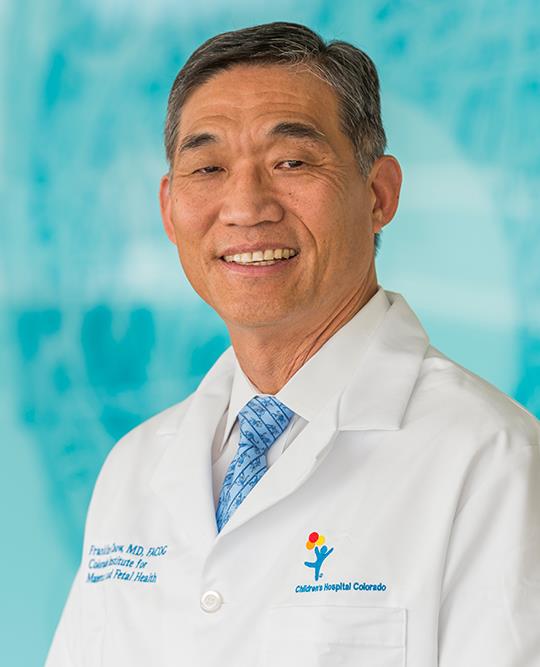
Frank Chow, MD
Lead Ob/Gyn Hospitalist
Colorado Fetal Care Center
Children’s Hospital Colorado
Sr. Instructor
OB-GYN-Gyn and OB Health
University of Colorado School of Medicine
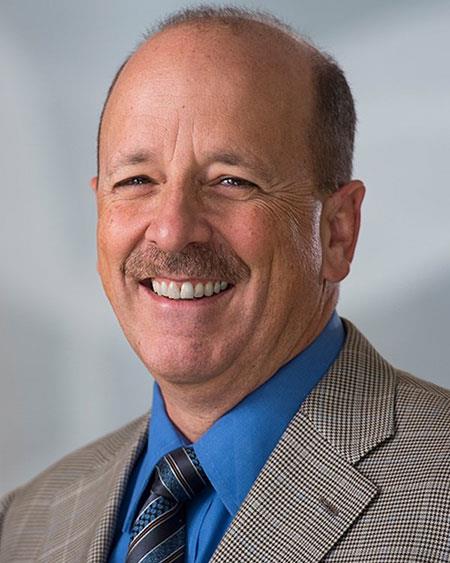
Henry Galan, MD
Maternal Fetal Medicine Specialist
Colorado Fetal Care Center
Children's Hospital Colorado
Professor
OB-GYN-Maternal Fetal Medicine
University of Colorado School of Medicine





 720-777-0123
720-777-0123







